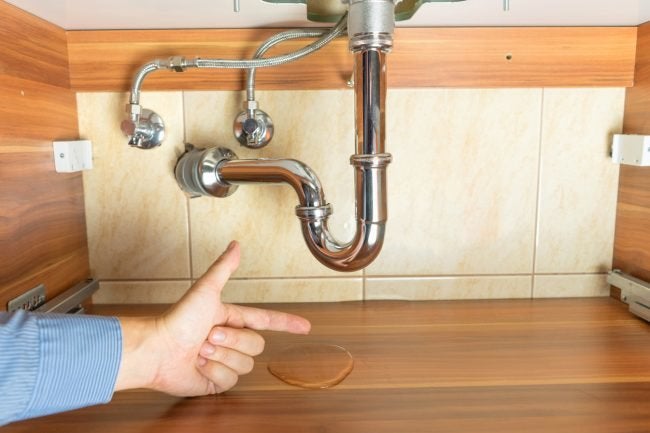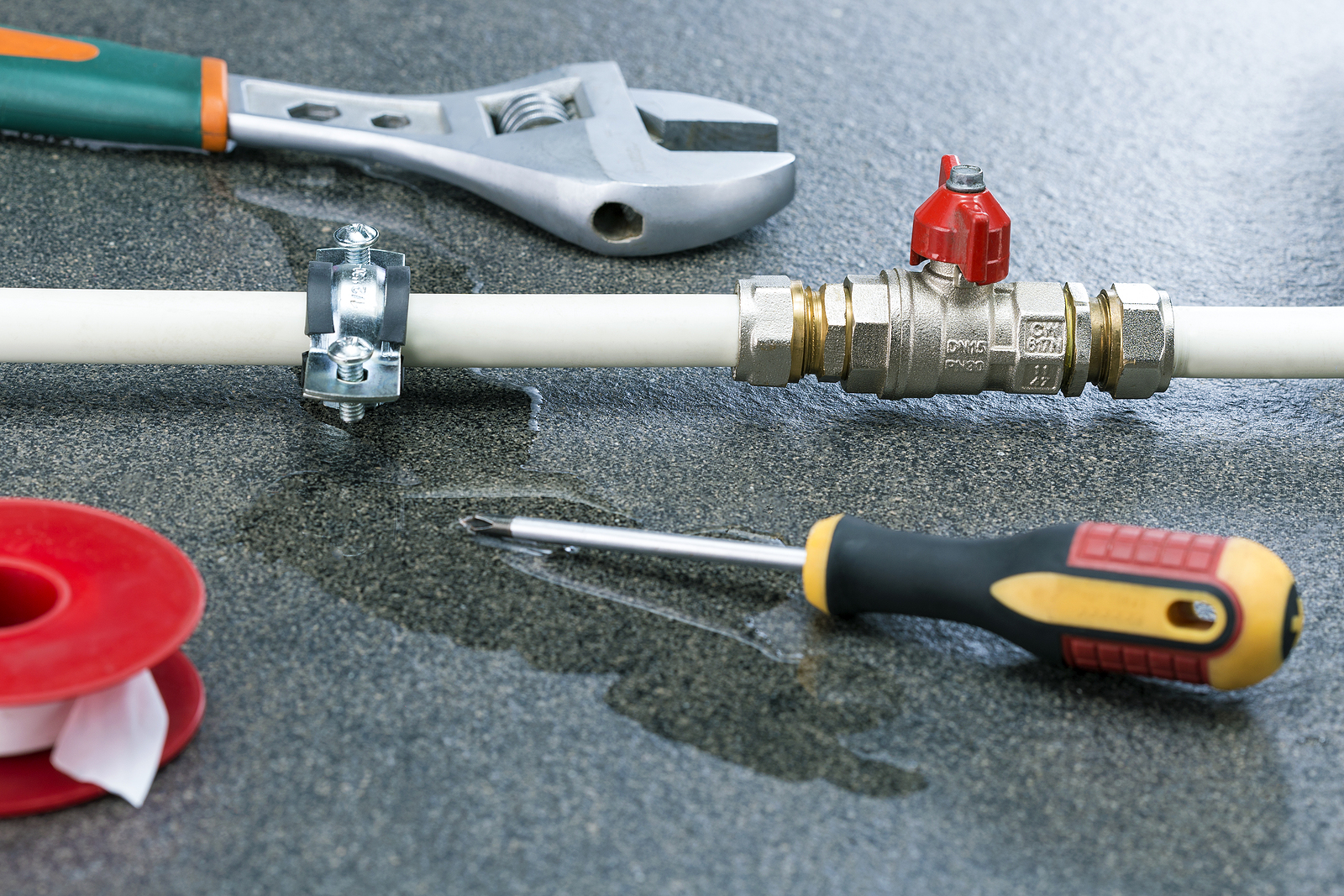Discover Effective Ways to Spot Hidden Leaking Water Lines
Visit UrlThey are making a few great annotation regarding Detecting hidden plumbing leaks as a whole in this great article following next.

Early discovery of dripping water lines can reduce a prospective calamity. Some tiny water leaks might not be noticeable.
1. Examine the Water Meter
Every home has a water meter. Inspecting it is a proven manner in which helps you find leakages. For beginners, switch off all the water sources. Guarantee nobody will certainly flush, use the faucet, shower, run the washing device or dishwashing machine. From there, most likely to the meter and also watch if it will change. Because no one is utilizing it, there should be no movements. If it moves, that shows a fast-moving leak. Likewise, if you spot no changes, wait an hour or two and inspect back again. This means you may have a slow leak that could even be below ground.
2. Examine Water Intake
Assess your water costs and also track your water usage. As the one paying it, you ought to notice if there are any kind of disparities. If you detect sudden changes, regardless of your usage being the same, it means that you have leakages in your plumbing system. Keep in mind, your water bill need to drop under the exact same array monthly. An abrupt spike in your bill indicates a fast-moving leakage.
At the same time, a steady boost monthly, despite having the exact same habits, reveals you have a slow leakage that's also gradually intensifying. Call a plumber to extensively inspect your residential or commercial property, specifically if you really feel a warm location on your floor with piping beneath.
3. Do a Food Coloring Examination
When it comes to water intake, 30% comes from commodes. If the shade somehow infiltrates your bowl throughout that time without flushing, there's a leak in between the container as well as dish.
4. Asses Outside Lines
Don't fail to remember to inspect your exterior water lines also. Needs to water seep out of the link, you have a loosened rubber gasket. One little leakage can throw away heaps of water and also increase your water costs.
5. Assess the scenario and also examine
House owners must make it a routine to inspect under the sink counters as well as even inside cabinets for any bad odor or mold and mildew development. These 2 warnings suggest a leakage so timely interest is needed. Doing routine evaluations, even bi-annually, can save you from a significant trouble.
Examine for stainings and compromising as a lot of appliances as well as pipelines have a life span. If you believe leaking water lines in your plumbing system, do not wait for it to escalate.
Early discovery of leaking water lines can alleviate a possible catastrophe. Some little water leaks might not be noticeable. Checking it is a proven way that assists you uncover leaks. One tiny leakage can throw away heaps of water and surge your water costs.
If you suspect leaking water lines in your plumbing system, don't wait for it to intensify.
WARNING SIGNS OF WATER LEAKAGE BEHIND THE WALL
PERSISTENT MUSTY ODORS
As water slowly drips from a leaky pipe inside the wall, flooring and sheetrock stay damp and develop an odor similar to wet cardboard. It generates a musty smell that can help you find hidden leaks.
MOLD IN UNUSUAL AREAS
Mold usually grows in wet areas like kitchens, baths and laundry rooms. If you spot the stuff on walls or baseboards in other rooms of the house, it’s a good indicator of undetected water leaks.
STAINS THAT GROW
When mold thrives around a leaky pipe, it sometimes takes hold on the inside surface of the affected wall. A growing stain on otherwise clean sheetrock is often your sign of a hidden plumbing problem.
PEELING OR BUBBLING WALLPAPER / PAINT
This clue is easy to miss in rooms that don’t get much use. When you see wallpaper separating along seams or paint bubbling or flaking off the wall, blame sheetrock that stays wet because of an undetected leak.
BUCKLED CEILINGS AND STAINED FLOORS
If ceilings or floors in bathrooms, kitchens or laundry areas develop structural problems, don’t rule out constant damp inside the walls. Wet sheetrock can affect adjacent framing, flooring and ceilings.
https://www.servicemasterbyzaba.com/blog/how-to-detect-water-leakage-in-walls/

We were made aware of that editorial on Locating water leaks through an associate on another web address. Appreciated our entry? Please share it. Help somebody else locate it. I am grateful for your time. Please check our blog back soon.
Reliable help? Dial.